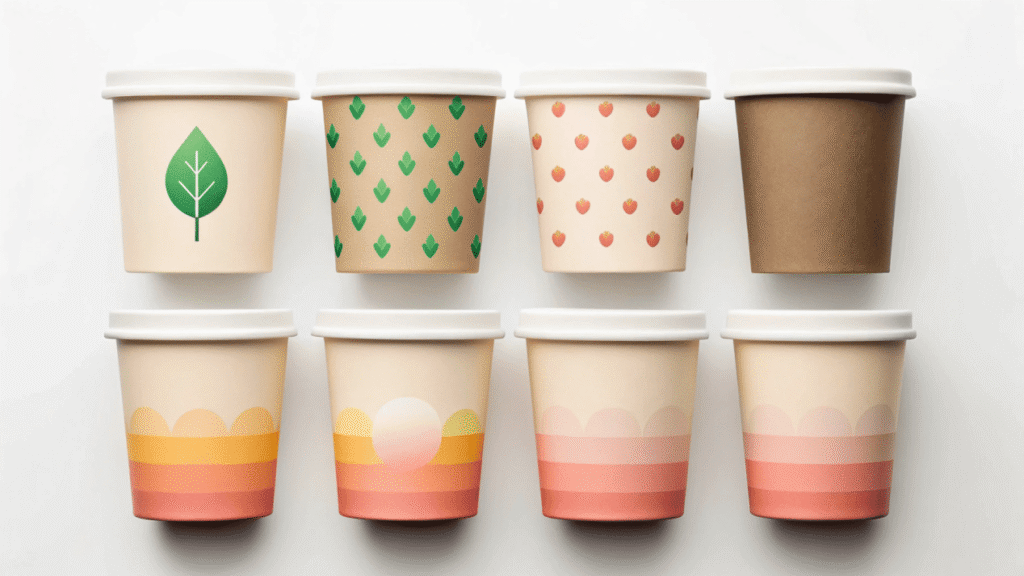Your ice cream is delicious, but it's sitting on the shelf. The wrong packaging fails to grab attention, losing sales to competitors who manage to stand out.
In 2025, winning ice cream packaging will emotionally connect with nostalgic design and tactile textures, build trust through transparent branding, use innovative circular materials, and create interactive digital experiences.
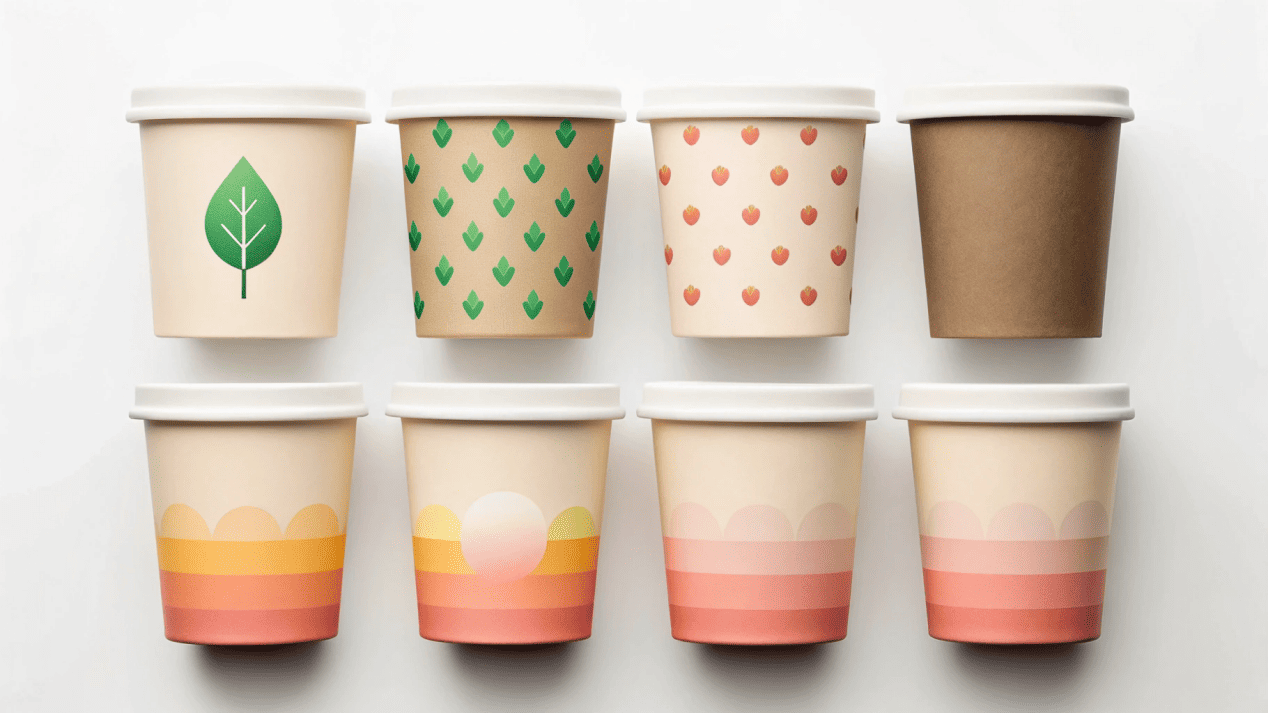
The freezer aisle is a tough place to compete. I see it every day when I work with my clients. For over 15 years, I've been helping brands create packaging that not only protects their product but also sells it. The package is your first handshake with the customer. In 2025, that handshake needs to be firm, memorable, and tell a story. You need to deliver an experience that is as delightful as the ice cream inside. Let's look at the four big trends my most successful clients are already planning for.
How Will Design Connect on an Emotional Level?
Your plain packaging feels cold and generic, failing to make an impression. Customers are seeking comfort and excitement, but your current design is being ignored because it doesn't make them feel anything.
In 2025, design will connect emotionally by using either nostalgic, retro aesthetics that evoke happy memories or futuristic, tactile finishes like embossing and soft-touch textures that create a sensory experience.
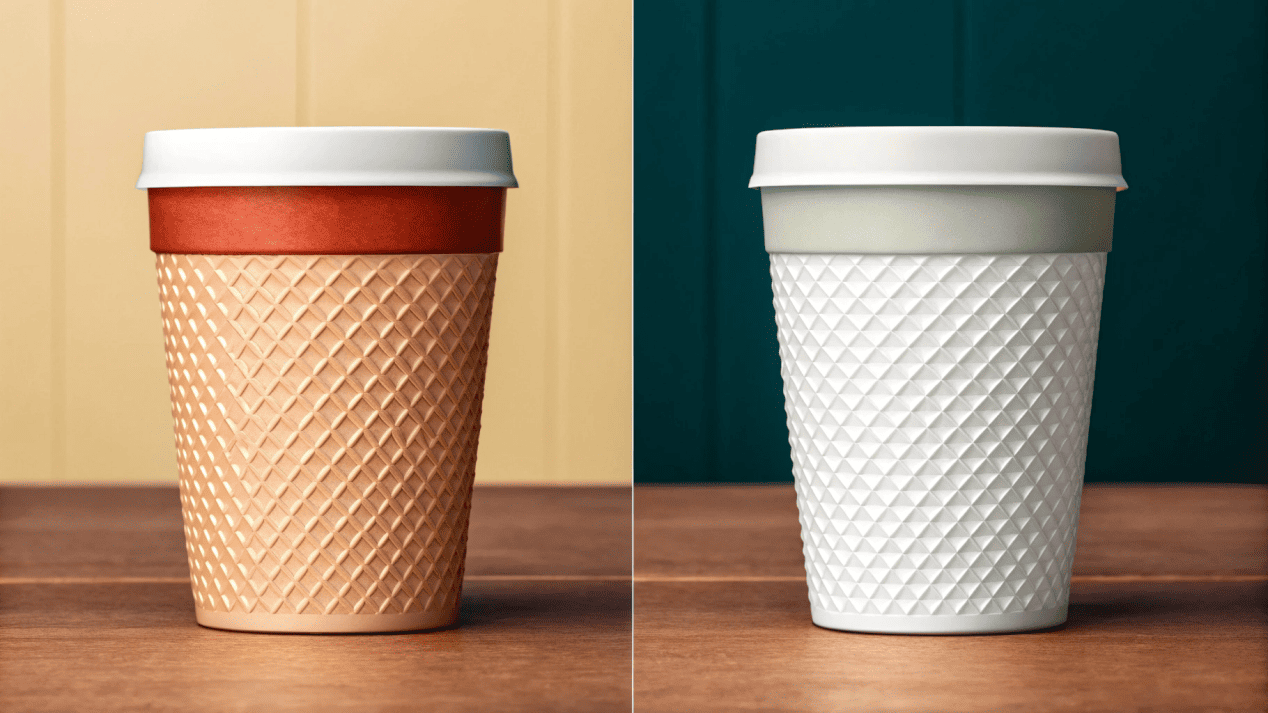
In my factory, I'm seeing two big design requests that seem opposite, but both work incredibly well because they tap into emotion. The key is to make the customer feel something the moment they touch the package.
Nostalgia-Core & Retro Joy
People are looking for comfort. Packaging that uses retro aesthetics—like bubbly 70s fonts or charming, hand-drawn mascots—does just that. It reminds people of simpler, happier times. I tell my clients this isn't about just looking old; it's about feeling genuine and artisanal. From a production standpoint, these storybook-style illustrations are straightforward to print, but success depends entirely on great graphic design that captures that authentic, imperfect feeling.
Tactile Futurism & "Dopamine" Textures
The other direction is all about touch. How the package feels in hand is becoming just as important as how it looks. We are getting more requests for special finishes that create a memorable sensory experience. This is an investment, but it communicates premium quality instantly.
| Finish Type | Customer Experience | What It Says About Your Brand |
|---|---|---|
| Embossed Patterns | Subtle, textured logos or patterns you can feel. | Detail-oriented, sophisticated, and modern. |
| Soft-Touch Matte | A velvety, smooth, and luxurious sensation. | Premium, high-quality, and understated. |
| Glossy Spot UV | A shiny, raised layer on specific parts, like a fruit. | Playful, dynamic, and eye-catching. |
How Can Your Brand's Story Build Trust and Loyalty?
Customers today are skeptical. They want to know what's in their food and who made it. A lack of trust means they'll pick a brand they feel they know better.
Brands will build trust in 2025 through hyper-transparency, moving ingredient sourcing and "no weird stuff" claims to the front of the package. They will also use a personal brand voice to connect directly.
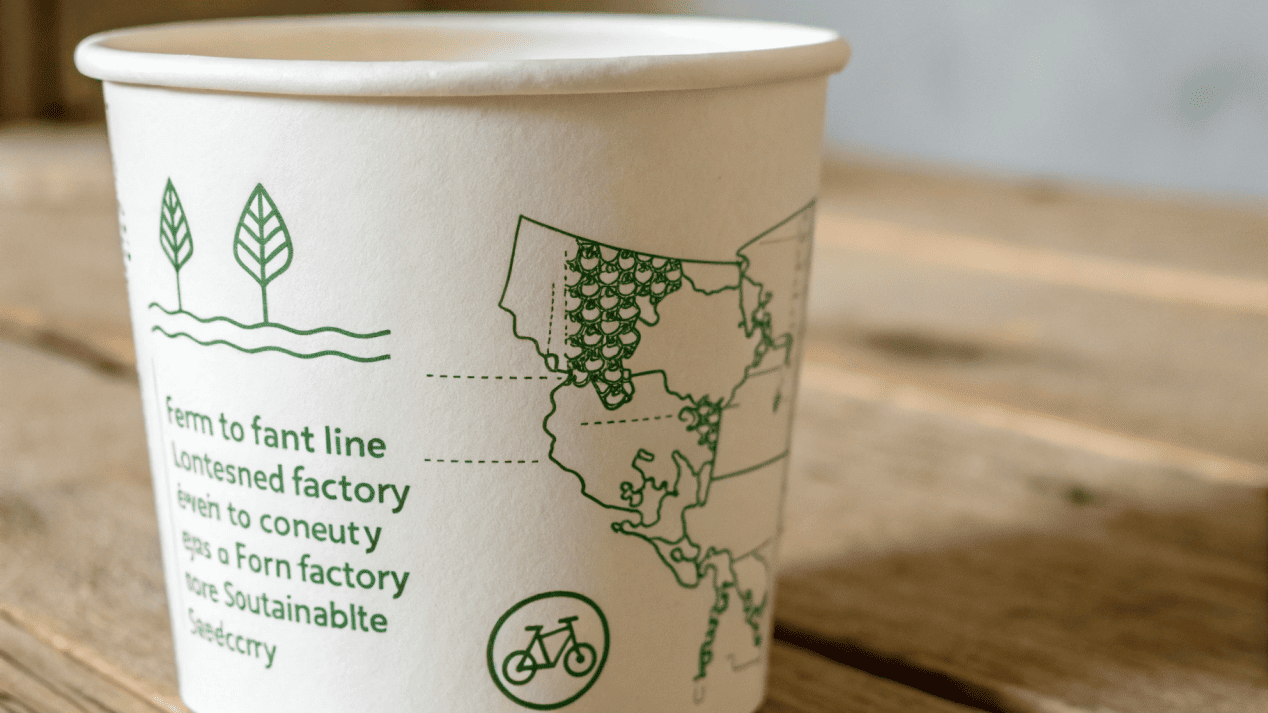
For years, I’ve seen brands hide important information in tiny print on the back. That era is over. Today, honesty is the best marketing, and the entire package is your tool for building trust.
Ingredient Storytelling
Customers want proof of quality. The most successful brands are putting this proof right on the front. We can easily print simple graphics like "Farm-to-Pint" maps that show where the milk or fruit came from. We can also add a QR code that links to a short video of the farmers. It makes the story real. Boldly stating what is not in your ice cream is just as powerful. I advise my clients to use large fonts for callouts like "No Artificial Colors" or "No Gums." It shows confidence and transparency.
Personality-Driven Copy
Sterile, corporate language doesn't create friends. I tell my clients to think of their packaging as a conversation starter. Adopt a voice that reflects your brand—it could be witty, luxurious, or friendly. Instead of "A rich strawberry flavor," try "Made with strawberries from the sunny fields of..." This personal touch makes the brand feel more like a person and less like a giant company, fostering a sense of loyalty that leads to repeat purchases.
What Sustainable Materials Will Matter Most?
Shoppers feel guilty about single-use packaging. They might even avoid your brand if they think it harms the environment. Your packaging could be damaging your brand's reputation without you knowing it.
By 2025, sustainability will focus on the circular economy. This means using advanced molded pulp containers, experimenting with reusable packaging, and designing packaging from a single material for easy recycling.
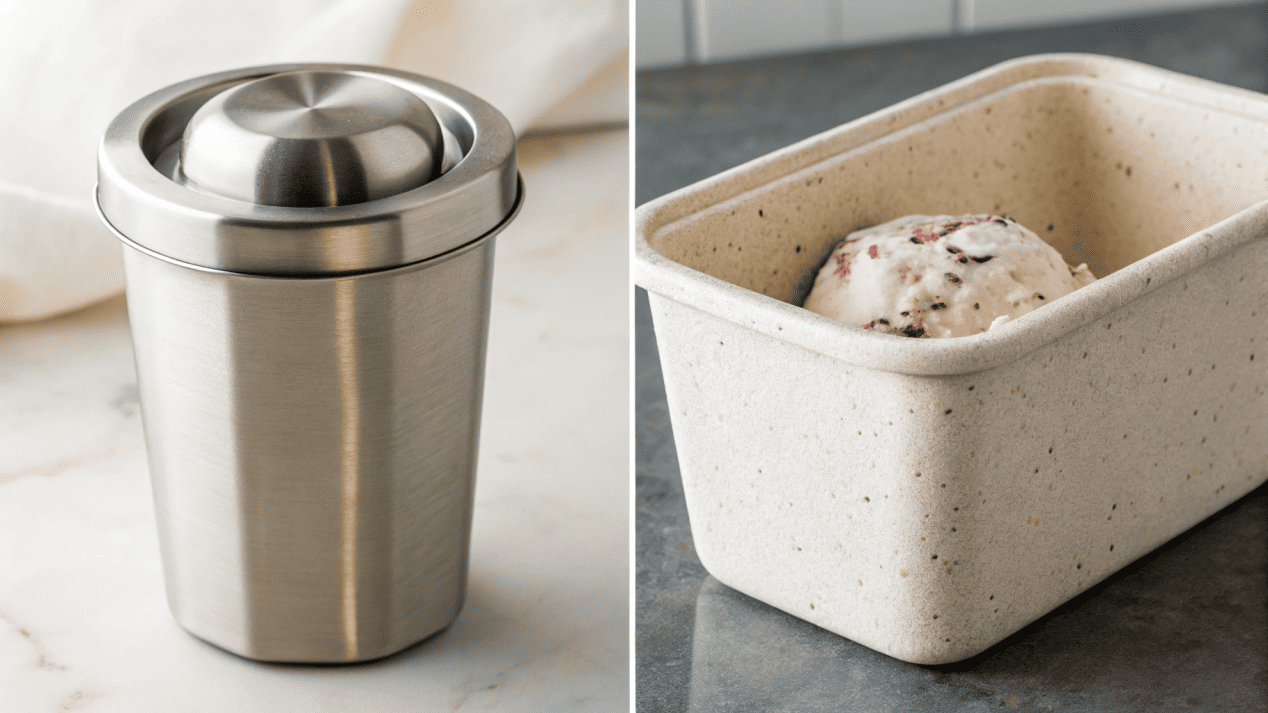
As a manufacturer, I can tell you that sustainability is no longer a "nice-to-have" feature; it's a requirement. The goal now is not just recyclability, but true circularity.
Next-Generation Paper & Pulp
Paperboard is still king in the freezer, but it's evolving. FSC-certified paper is now the baseline. The real innovation I'm excited about is molded pulp containers. These are tubs made from pressed fiber, which have a rustic, organic look and feel. They are often compostable and use fewer resources to produce, making them a great choice for brands that want to project a natural image.
The Rise of Reusability
Some of my more premium, local clients are experimenting with reusable packaging. Customers pay a small deposit for a durable stainless steel or glass tub, which they return to the store for a discount. This is complex logistically, but it creates immense brand loyalty and a true zero-waste system.
Mono-Material Design
For decades, ice cream cups have been a recycling nightmare because they bond plastic to paper. Smart brands are now shifting to mono-material designs. This is a game-changer. We are using new, certified-recyclable barrier coatings that can be processed in a single paper recycling stream. This eliminates the contamination issue and makes recycling a reality.
How Can Your Packaging Create an Interactive Experience?
A customer buys your ice cream, eats it, and forgets about you. There is no ongoing relationship, no reason for them to choose you again. You've lost a potential loyal fan.
Packaging will become a "phygital" gateway, using Augmented Reality (AR) for interactive unboxing and QR codes that link to curated content, turning a one-time purchase into an ongoing brand relationship.
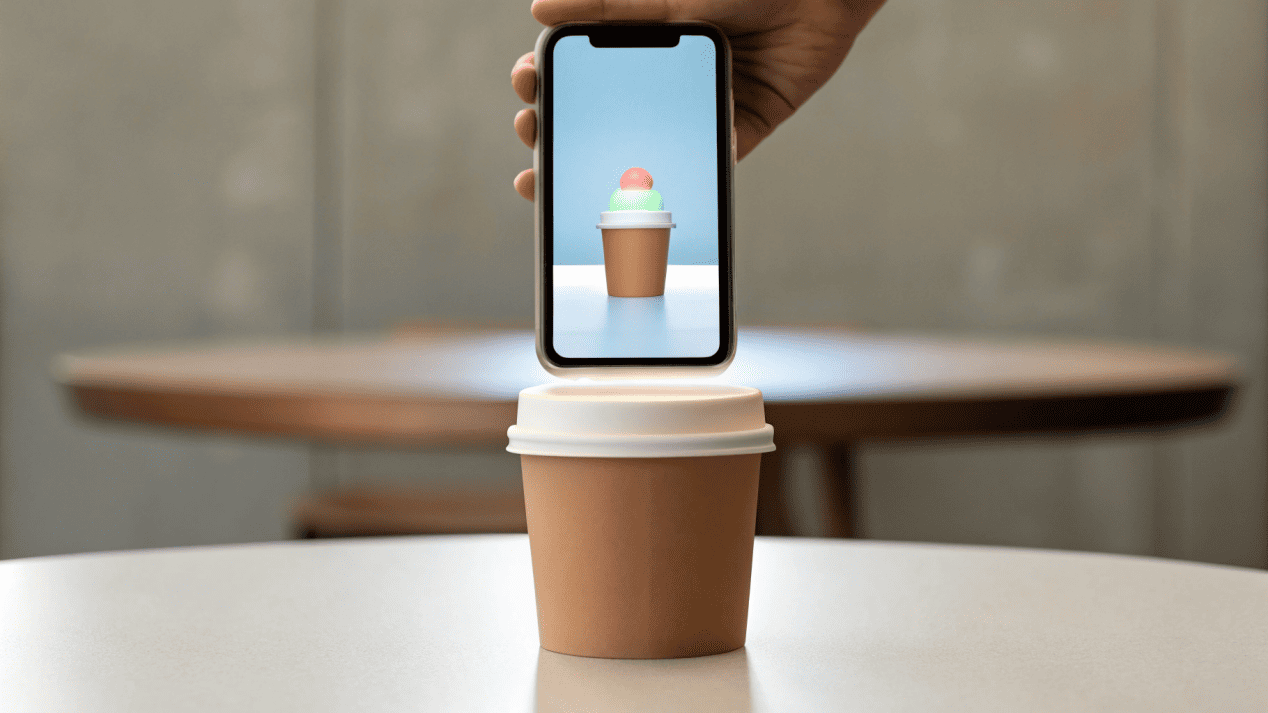
The package is no longer just a box. I tell my clients to think of it as a door to a digital world that can entertain and build a community around their brand.
AR-Enhanced Unboxing
Imagine a customer points their phone at your lid and an animated character starts dancing, or a whirlwind of the flavor ingredients comes to life. This is Augmented Reality (AR). As a manufacturer, adding the small trigger image or code for AR is easy. The payoff is huge: customers share these "wow" moments on social media, giving you free marketing and making your brand memorable.
Scan for the Soundtrack
This is a simple but brilliant idea. A QR code on a "Midnight Chocolate" pint could link to a curated Spotify playlist of relaxing jazz. A "Tropical Mango" flavor could link to a reggae playlist. This simple addition, which costs nothing to print, extends the enjoyment of your ice cream beyond just taste. It makes your brand a part of your customer's lifestyle. It turns a simple purchase into a full experience and builds a powerful, lasting connection.
| Phygital Idea | Goal | How It Works |
|---|---|---|
| AR Animations | Create "wow" & social sharing. | Point phone at package to see 3D animations. |
| Curated Playlists | Extend the flavor experience. | Scan a QR code to open a flavor-paired playlist. |
| Gamification | Build community & engagement. | Scan to vote for the next flavor or enter a contest. |
Conclusion
In 2025, packaging is an experience. It must look and feel good, tell an honest story, be environmentally responsible, and invite customers to play. It’s all about the total package.
